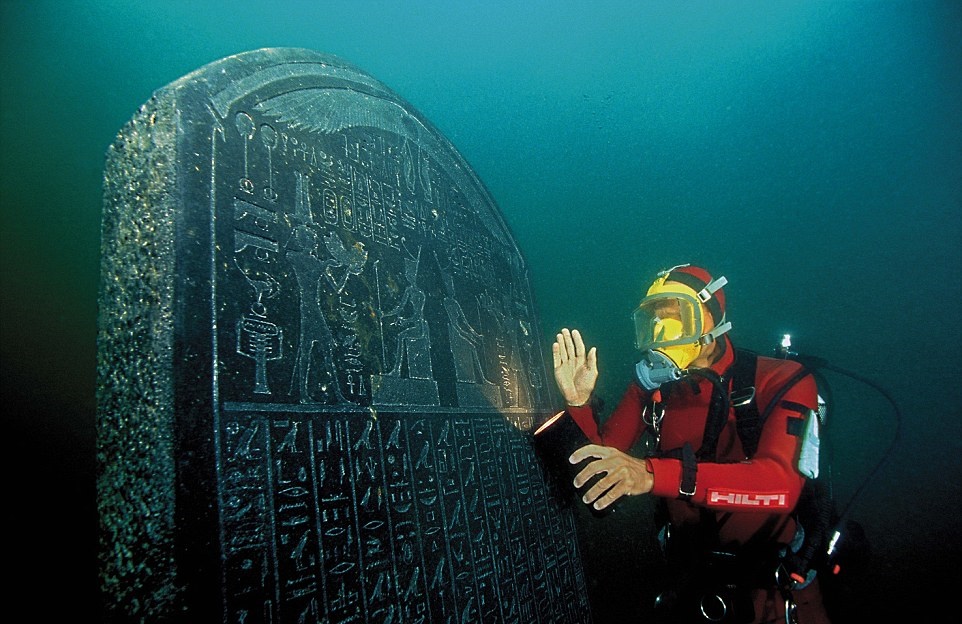The Great London [Search results for Underwater Archaeology]
UK: British Museum to launch first major exhibition of underwater archaeology in May 2016

Underwater Archaeology: 17th century gun-carriage salvaged from London wreck

More Stuff: Paris Egypt exhibit holds defiant message for Islamic State

Australia: Wreck of former slave ship off West Australian coast mapped in 3D

North America: Archaeologists piece together how crew survived 1813 shipwreck in Alaska
